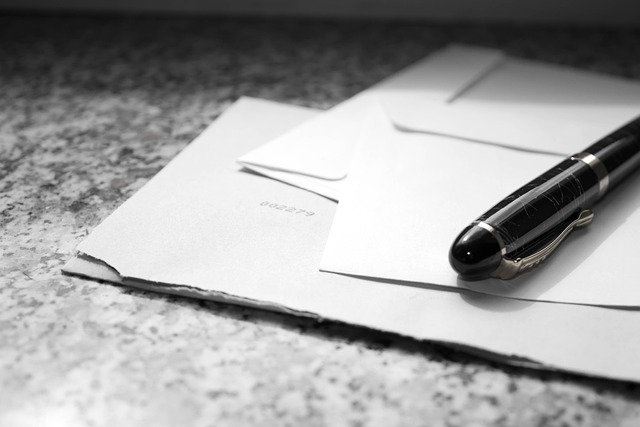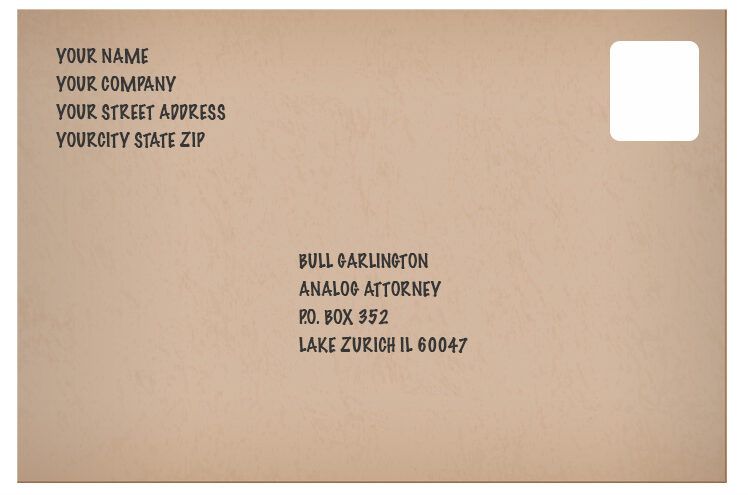You’re busy, so let’s get straight to the point: addressing an envelope correctly matters. Whether you’re mailing letters, invitations, or holiday cards, taking the time to format the recipient’s name, honorifics, and your return address correctly ensures smooth delivery and sends a message of care and attention—especially in an era of digital shortcuts.
Understanding Envelope Addressing
Proper envelope addressing is key to making sure your mail reaches the right person. A clearly written envelope helps the postal service work efficiently and leaves a positive impression on your recipient.
Why Proper Addressing Matters
A well-addressed envelope:
- Ensures accurate delivery.
- Allows postal workers to process mail efficiently.
- Reflects professionalism and courtesy.
- Reduces the risk of mail being delayed, lost, or returned.
How to Address an Envelope in 3 Easy Steps
To get started, you need three pieces of information:
- The recipient’s full address
- Your return address
- A postage stamp
Write or type all “To” information in the center of the front side of the envelope using the format below.
Step 1: The “To” Section (Recipient)
Write the recipient’s address in four clearly printed lines:
Line 1: Recipient’s Name
Write the name in block capital letters for legibility. Avoid cursive or fancy handwriting—postal workers aren’t psychic.
Example:
BULL GARLINGTON
Tip: If you’re writing to a family, include the parents’ names for clarity.
Line 2: Company Name (Optional)
Only include this if you’re sending to a business address. There’s no need for “c/o” unless the person is genuinely in someone else’s care.
Example:
ANALOG ATTORNEY
Line 3: Street Address
Use the format: Street Number + Street Name. If there’s an apartment, suite, or office number, include it after the street name—or on a separate line if it’s too long.
Example:
P.O. BOX 352
Line 4: City, State, ZIP Code
Write the city name, then the two-letter postal abbreviation for the state in uppercase (no commas), followed by the ZIP code.
Example:
LAKE ZURICH IL 60047
Step 2: The “From” Section (Return Address)
Your return address goes in the top left corner of the envelope and should mirror the format used for the recipient’s address. It must be legible and complete, including apartment numbers and ZIP codes. Avoid placing it on the back of the envelope—postal workers don’t like flipping mail over.
Example:
YOUR NAME
111 YOUR STREET AVENUE
YOUR CITY ST 77744
This return address allows your letter to come back to you if undeliverable.
Step 3: The Stamp (Postage)
Affix a postage stamp in the top right corner of the envelope. This helps the post office quickly identify and process your mail. Ensure the stamp is securely attached and doesn’t cover any part of the address.
You can purchase stamps at:
- USPS.com
- Stamp machines in post offices
- Directly from post office clerks
Your Finished Envelope Should Look Like This:
[Sender's Address – Top Left Corner]
YOUR NAME
111 YOUR STREET AVENUE
YOUR CITY ST 77744
[Centered on Envelope]
BULL GARLINGTON
ANALOG ATTORNEY
P.O. BOX 352
LAKE ZURICH IL 60047
[Stamp – Top Right Corner]
Special Address Formats
Some situations require a bit more care when addressing envelopes—especially for military or international mail. Here’s what you need to know:
Mailing to a U.S. Military Address
Military mail requires a specific format. Use APO (Army or Air Force Post Office) or FPO (Fleet Post Office for Navy, Marine Corps, Coast Guard). Instead of a city and state, you’ll use special military codes:
- AA – Americas
- AE – Europe
- AP – Pacific
Example:
LT DAVID HAYNES
HEADQUARTERS COMPANY
7TH ARMY TRAINING CENTER
ATTN: AETT-AG
UNIT 28130
APO AE 09114-8130
Mailing Internationally
International addresses use the same basic format with a few tweaks:
- Replace “State” with the Province or Region.
- Use the local postal code format.
- Always write the country name in capital letters on the last line.
Example (Canada):
DR. BIG FOOT
111 SASQUATCH DRIVE
MOOSE JAW SK S6H 2X1
CANADA
By following these guidelines, your envelope won’t just look neat and professional—it will also get where it needs to go without delay. Good addressing is a small effort that makes a big difference.


